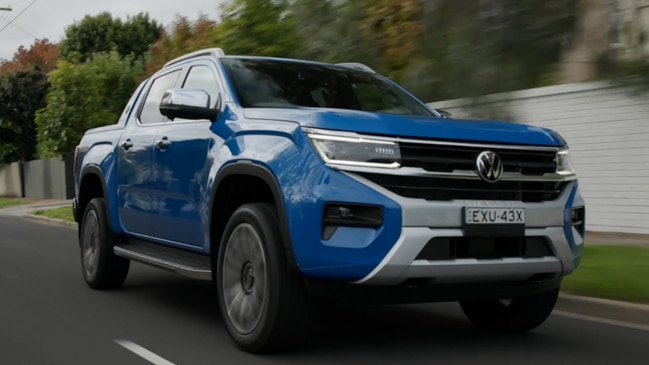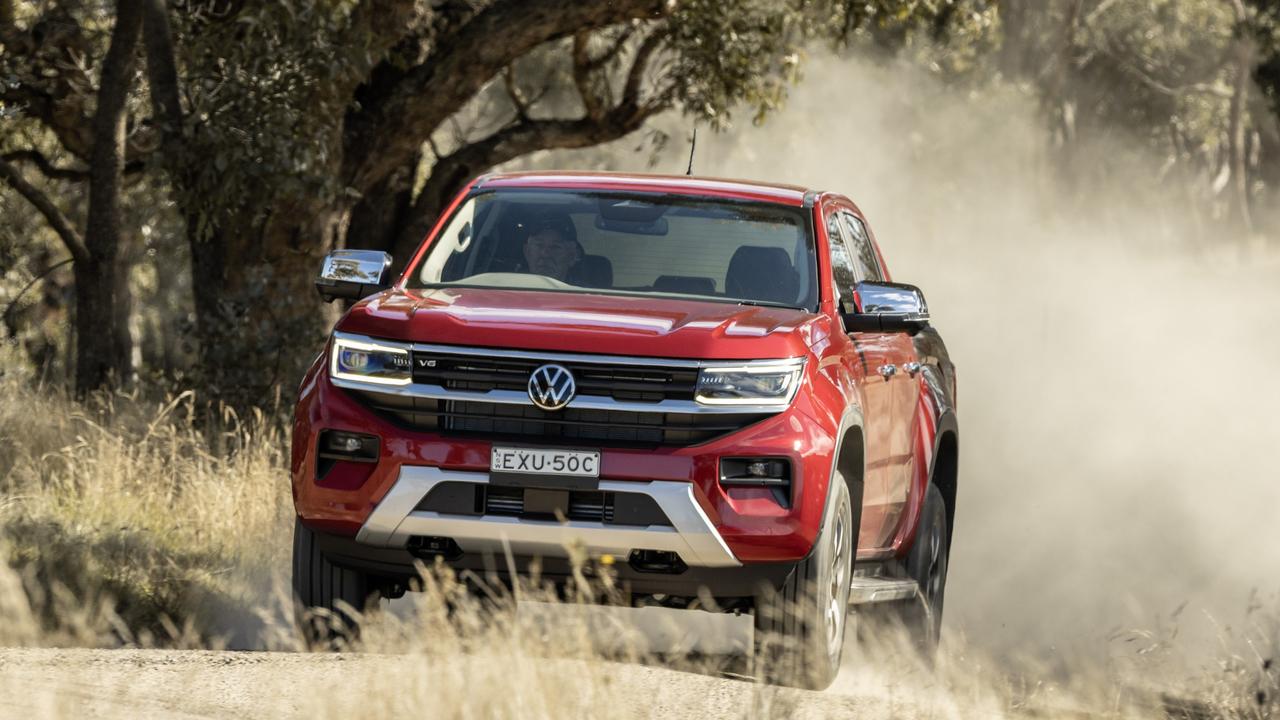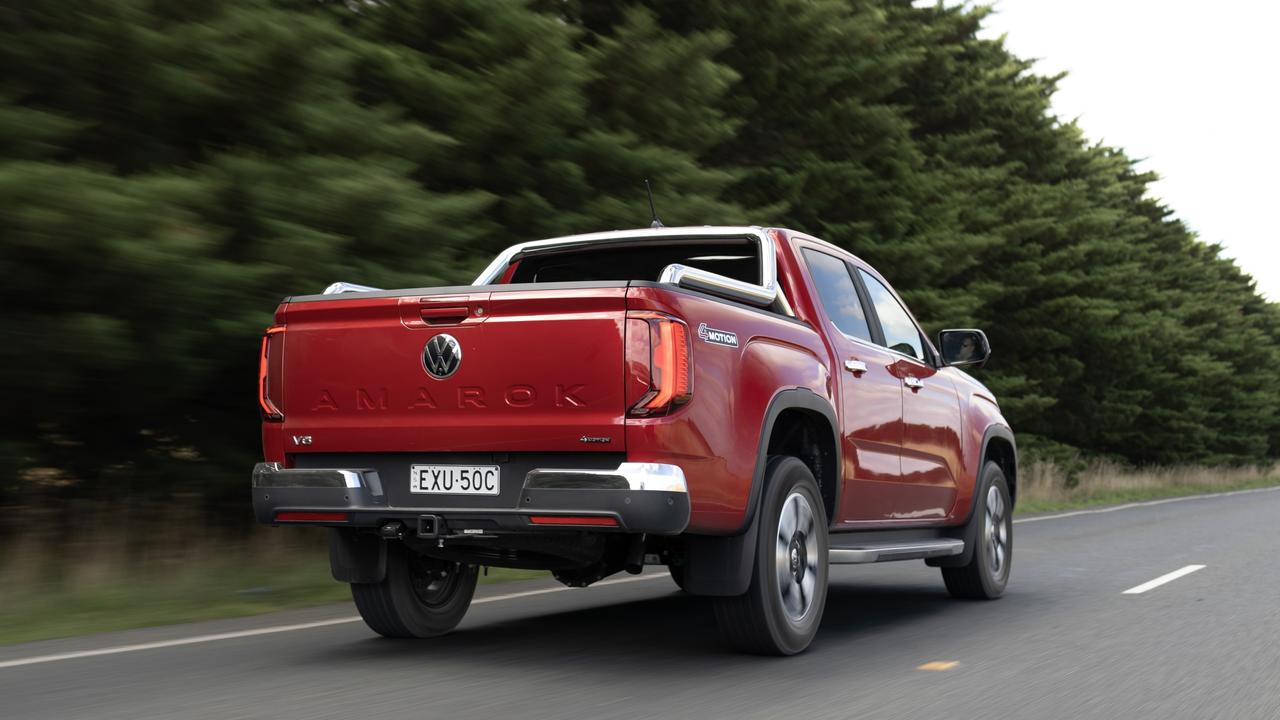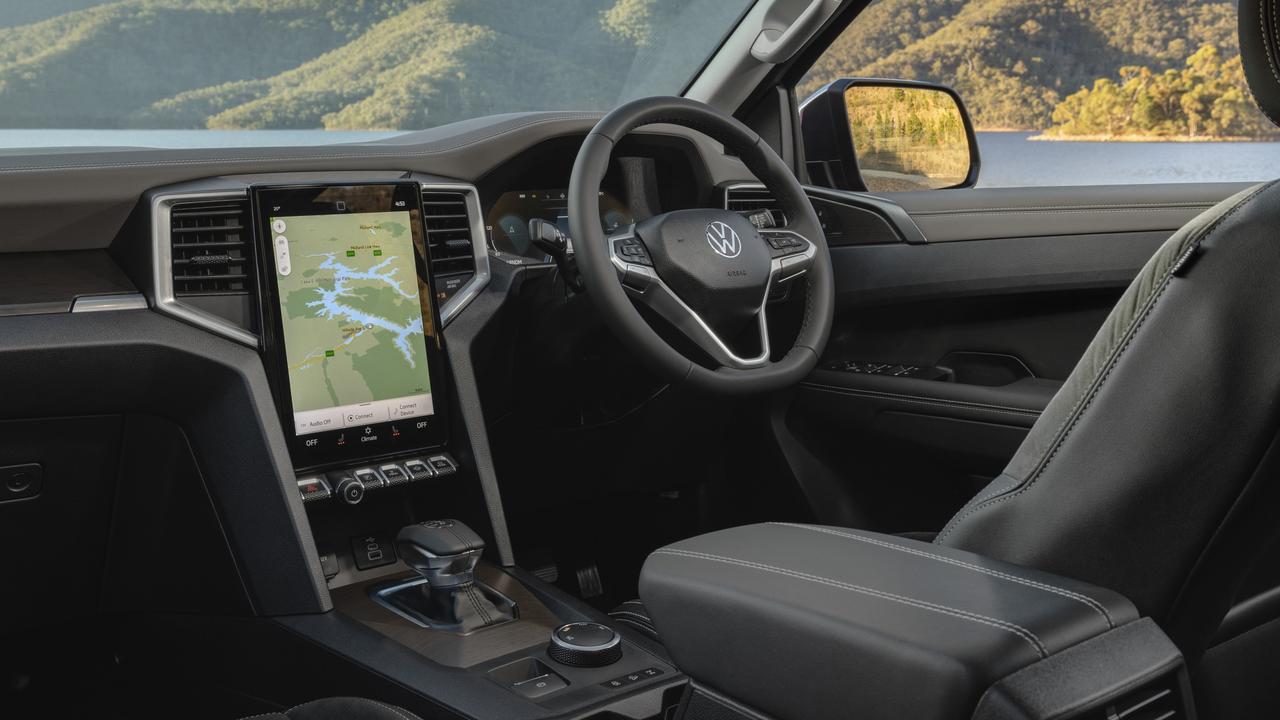2023 Volkswagen Amarok Style new car review
This car brand is better known for its sweet driving performance hatchbacks but it also has one of the best four-wheel drive utes on the market.

The Volkswagen Amarok has been at the pointy end of the four-wheel-drive ute market for more than a decade.
A new model was well overdue, though, as the previous version lagged the latest rivals for safety and technology.
Here are five things you should know about the new Amarok.

Don’t mention the Ford
Volkswagen executives have been known to get a little snippy when the media points out that the new Amarok is based on the same underpinnings as Ford’s Ranger. That’s a bit puzzling, because being related to the best ute on the market is no bad thing. Volkswagen engineers and designers spent time in Australia working to differentiate the Amarok from the Ranger, both in the way it drives and in the cabin presentation. They’ve done a pretty good job, but when you’re sharing engines, transmissions and chassis, the drive experience is always going to be familiar.

This is no hose-out special
The Amarok range kicks off with the Core, which is a pretty swish bit of gear. Standard features include a large, tablet-style centre screen, a wireless charging pad and a digital driver display with a screen that can be configured in a number of layouts. Rear parking sensors and a clear rear view camera make parking a cinch, while LED headlights look modern at night. As you move up to the Life, there’s nicer fabric on the seats, a leather-wrapped steering wheel, better audio and more safety, including blind-spot alert. The Style model we tested upped the ante with big 18-inch alloys, a bigger centre screen, “microfleece” seats, matrix headlamps and styling elements including a sports bar.

That level of luxury doesn’t come cheap
The Core, which has a four-cylinder, two-litre diesel with a six-speed auto, kicks off proceedings at a whisker under $60,000 drive-away. The Life, which has a more powerful twin-turbo diesel four-cylinder and ten-speed auto, comes in at a little less than $64,000 on the road, while our Style, fitted with the optional 3.0-litre V6 turbo diesel, won’t give you much change out of $80,000. Ford’s comparable V6 Ranger Sport is roughly $4000 cheaper, but the Amarok’s cabin has a more passenger-car like feeling, including padding and stitching on the dash, as well as a large centre screen.

Safety is a given
Volkswagen persisted longer than it should have with below-par safety on the previous generation Amarok, but this model redresses the balance, particularly on the more expensive variants. Cheaper models still miss out on blind-spot warning, which is disappointing, but the Style has nine airbags, auto emergency braking, lane-keep assist, rear cross-traffic alert and radar cruise. The ute scored five stars in independent crash tests, posting impressive scores for adult and child protection.
It’s a ripper to drive
The previous generation Amarok probably had the Ford’s measure for on-road comfort, cornering ability and steering feel. It’s harder to tell the two apart now – and impossible to separate them without a back-to-back drive – but driven in isolation the Amarok is an impressive beast. The ride is more comfortable and settled than most rivals on the bitumen, while the steering has better feel and precision. Things get a little bumpy off-road, especially when the tray is empty, but overall it’s a comfortable companion on a long drive. The 184kW/600Nm V6 is a corker, with bucketloads of low-down torque, while the ten-speed auto makes for effortless progress, especially when towing. You’ll pay for all that grunt at the bowser, though, as it drinks a claimed 8.4L/100km. We found it pretty economical on the open road but around town, consumption climbed into the teens.




